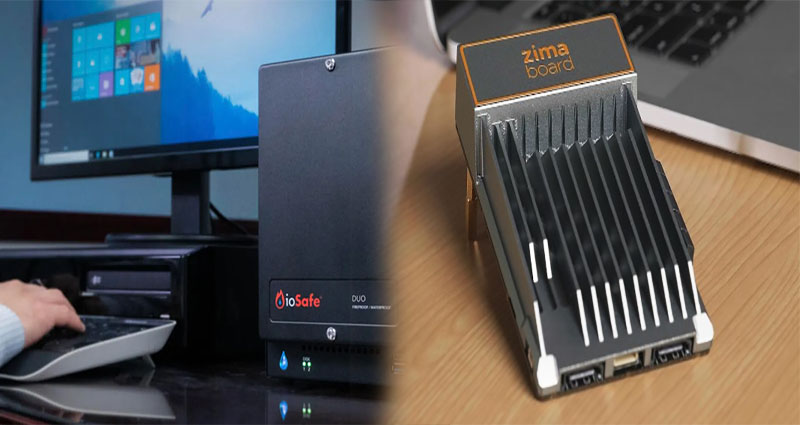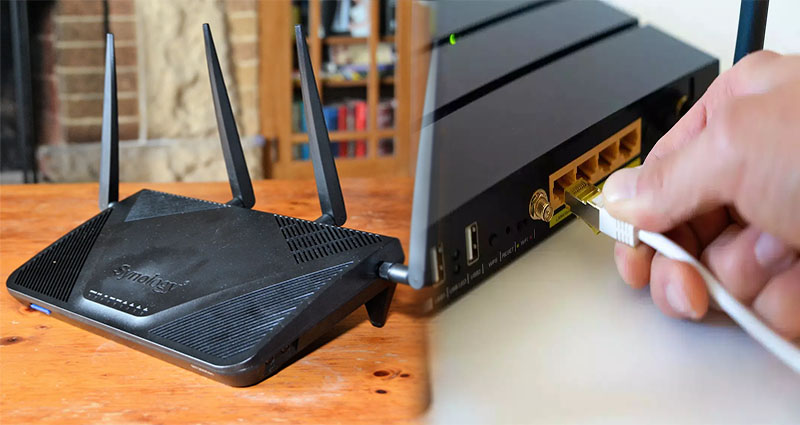Enjoy Seamless Entertainment with Enhanced Streaming Capabilities in Multimedia NAS Storage for Home
With the growing demand for digital entertainment, having a reliable and versatile storage solution that can handle streaming of movies, music, and photos is essential for home users. Multimedia Network Attached Storage (NAS) devices have emerged as an ideal solution, offering advanced streaming capabilities that cater to the diverse media needs of homeowners. This article explores the benefits and features of streaming capabilities in Multimedia NAS storage, enabling users to enjoy seamless access to their favorite movies, music, and photos right at home.
Streaming Capabilities:
Multimedia NAS storage devices come equipped with robust streaming capabilities that enhance the overall entertainment experience for users. The key features and advantages of streaming capabilities in Multimedia NAS storage include:
- Media Server Functionality: Multimedia NAS devices serve as powerful media servers, enabling users to stream movies, music, and photos to various devices within their home network. This feature allows for easy access to media
Simplify Data Protection and Synchronization with Automated Backup and File Synchronization NAS for Home
As the amount of digital data we generate continues to grow, ensuring a reliable backup and file synchronization solution becomes increasingly important. Losing valuable data due to hardware failure, accidental deletion, or other unforeseen circumstances can be devastating. To address this concern, Backup and Synchronization Network Attached Storage (NAS) devices have gained popularity among homeowners. This article explores the benefits and features of automated backup and file synchronization across devices using Backup and Synchronization NAS, ultimately simplifying data protection for home users.
Automated Backup:
Automated backup is a fundamental feature offered by Backup and Synchronization NAS, which enables users to safeguard their data without manual intervention. The advantages of using automated backup include:
- Data Protection: With automated backup, important files, documents, photos, and videos are automatically backed up on a regular basis, minimizing the risk of data loss. Users can set up schedules or use continuous backup to ensure real-time
Enhancing Home Networking with Gigabit Ethernet Ports and MU-MIMO Support for High-Speed WiFi Routers
In today’s digital age, where connected devices are abundant, having a reliable and high-speed internet connection is crucial, especially for large homes. Traditional routers may struggle to provide consistent connectivity throughout a vast area, resulting in dead zones and slow speeds. To address these issues, the integration of Gigabit Ethernet ports and MU-MIMO support in WiFi routers has emerged as a game-changer, revolutionizing home networking for large homes. This article explores the benefits and features of Gigabit Ethernet ports and MU-MIMO support, which enhance the overall performance of home WiFi networks.
Gigabit Ethernet Ports:
Gigabit Ethernet ports enable users to connect their devices directly to the router using an Ethernet cable. Unlike traditional Fast Ethernet ports, which max out at 100 Mbps, Gigabit Ethernet ports offer a blazing-fast data transfer rate of up to 1000 Mbps (1 Gbps). The advantages of utilizing Gigabit Ethernet ports include:
- Increased Speed: Gigabit Ethernet
Troubleshooting Tips for Resolving Signal Interference and Dead Zones in Home Wireless Internet
Having a strong and reliable wireless internet connection is essential in today’s connected world. However, signal interference and dead zones can disrupt your Wi-Fi network, causing frustration and hindering your online activities. In this article, we will explore effective troubleshooting tips to address signal interference and dead zones in your home wireless internet setup.
Understanding Signal Interference and Dead Zones
Signal Interference occurs when other electronic devices, neighboring Wi-Fi networks, physical obstacles, or even environmental factors disrupt the wireless signal between your router and devices. This interference can result in slow speeds, dropped connections, or intermittent connectivity issues.
Dead Zones are areas within your home where the Wi-Fi signal is weak or nonexistent, leading to poor or no internet connectivity. Dead zones are often caused by obstructions like walls, large furniture, or the distance between your router and devices.
Troubleshooting Tips to Address Signal Interference and Dead Zones
1. Optimize
… Read MoreScalable Storage Options to Accommodate Growing Needs in Wireless NAS for Home
As our digital lives expand, so does our need for ample storage space. Home networks are now filled with an array of devices, from smartphones to smart TVs, all requiring storage for videos, photos, documents, and more. Network-Attached Storage (NAS) provides a convenient and efficient solution for centralized storage in a home network. In this article, we explore scalable storage options to accommodate the growing needs of a wireless NAS for home.
Understanding Wireless NAS
A Wireless NAS device is a dedicated storage solution that connects to your home network, allowing multiple devices to access and share files and media. With wireless capabilities, NAS eliminates the need for physical connections, providing convenience and flexibility. As your storage requirements evolve, the ability to expand the NAS storage capacity becomes crucial.
The Importance of Scalable Storage
Scalable storage refers to the ability to expand the storage capacity of a NAS device as … Read More














